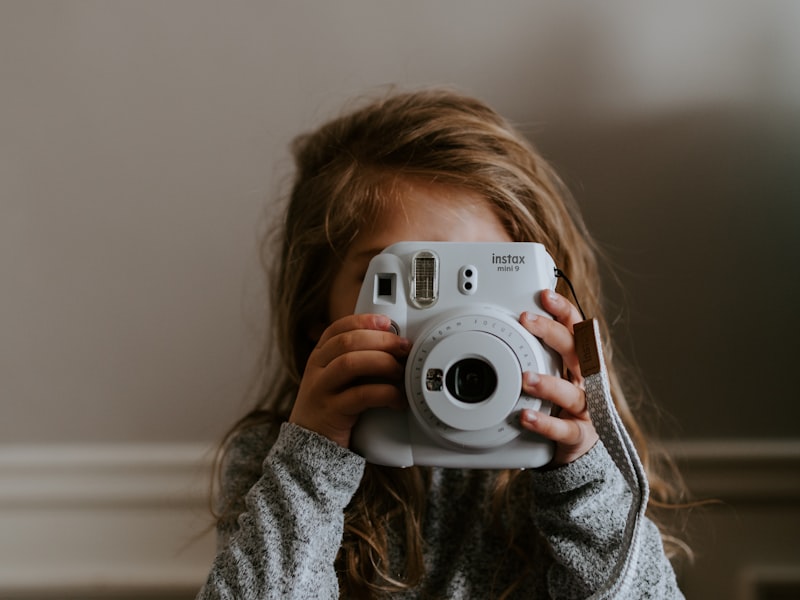Traditional Chinese Medicine and Acupuncture

Tui na, also known as Na-Chi, Na-Qi or Na-Ryu is an ancient Chinese medical technique and method of energy and healing treatment that was developed in the western part of China. It is among the most well-known known, well-known, and well-understood methods of healing currently. Na-Chi literally translates to "healing energy". Tui-na can be described as a form of alternative health that is similar to shiatsu, acupuncture, and Moxibustion. As a part of conventional Chinese medicine it's frequently employed together with acupuncture acupressure, tai chi, or other forms of Chinese internal medicine. Also, Qigong for well-being and energy. being.
The most well-known version of it is a kind of massage that combines the acupressure as well as acupuncture. Practitioners use a combination of the two traditional Chinese medicines to help their patients treat a variety ailments and conditions. Acupuncture relies on the notion that there are energy pathways throughout the body , just like the nervous system, and that by clearing them by injecting needles inserted into the body, it will be beneficial. Tui-na can be used to open these energy pathways and help combat conditions like insomnia, chronic fatigue, hypertension, pain in the joints and muscles as well as PMS and different mental and physical disorders.
Many tui na massage practitioners use an altered version of the old Chinese technique of acupressure , also known as moxabustion but without needles. It is used to apply gentle pressure to important areas of the body. Moxabustion involves heating the oils and teas over certain areas to increase blood flow. The increased flow of blood helps provide natural energy to the affected region.
Many have experienced some benefit from using this type of massage therapy. It's a mystery as to the reasons behind it are not well known by the medical professionals. Some report a relaxing effect while others report feeling a warmth on their skin. There's no evidence to suggest that tuina tui na improves the efficacy of any other form of massage therapy.
There are some rare cases that have reported to have serious consequences from taking the na or two. The American Medical Association has been informed of two cases. One case involved a man who was employed as a security guard when it became apparent that he was experiencing symptoms of nausea and dizziness. He was treated to treat the effects of Chinese massage, but later developed an illness known as sciatica, due to the compression of his spine during the am session.
Another man had stroke working in construction. He was admitted to the hospital due to his low levels of oxygen. He was found to have had a consistent cough, which was believed to be due to the Chinese herbal medicine manipulation treatment that he received prior to the hospitalization. The company arranged for him to undergo treatment for both acupuncture and tui-na simultaneously. He responded favorably to both treatments.
There are people who may be allergic to particular components of qi gong and traditional Chinese medicine. It could result in having an adverse reaction to one or the other, or an inability to endure either. Beware of these treatments if are worried about the ways you may be affected. It is recommended to discuss the issues with your physician before starting any type of Qi Gong or acupuncture treatment. Qi gong and acupuncture have some similarities to different illnesses and diseases If you experience any changes in your body it may be important to talk with your doctor.
Acupuncture and traditional Chinese medicine often go hand-in-hand. Combining acupuncture treatments with the relaxing effects of tui-na massage can boost the vitality of a person. For enhanced health, some practitioners mix both. It is, however, important to speak with your Oriental Medicine practitioner to ensure that you don't have an allergy to either treatment.
